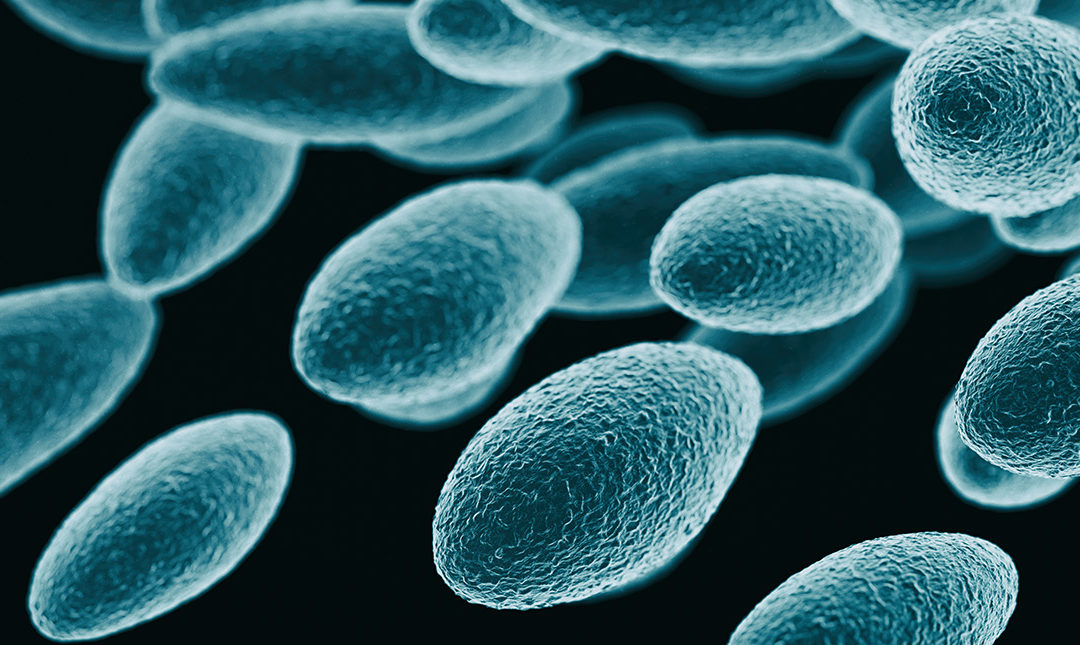Life at the Microscopic Level
Microbiology is the study of organisms that are too small to be seen with the naked eye. These microorganisms (or “microbes”) include viruses, bacteria, algae, fungi, slime molds, and protozoa. Microbes are everywhere, and we mean everywhere! They live in the water, soil, and air. At this very moment, your own body is home to millions of microbes. Some of these microbes (such as the bacteria in your digestive tract) keep you healthy, and some microbes (such as viruses) can cause illness and disease. But without microbes, neither you nor the planet would be able to survive. Our world is full of microbes that provide benefits such as maintaining the earth’s environment or producing useful products such as biofuels, foods, antibiotics, and vaccines, as well as detrimental microbes that cause food spoilage and disease.
With so many microbes running around doing all sorts of impactful things (both good and bad), it should come as no surprise that the field of microbiology is broad and far-reaching.
To learn more about the different branches of microbiology and to access Ocean Connect’s wide range of educational and career resources, please visit our Microbiology snapshot.

